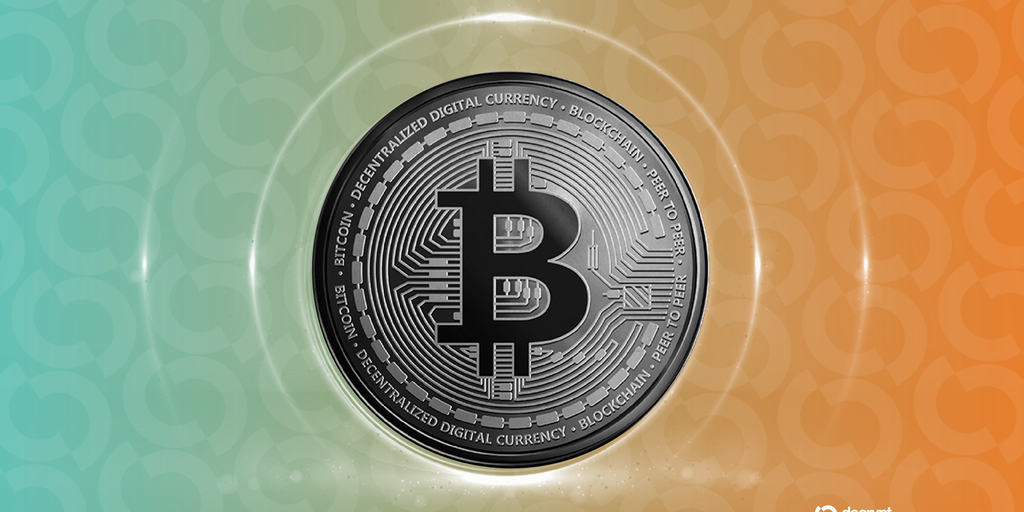Rewrite the
Quantum Corridor connects next-generation quantum, AI, cybersecurity, and semiconductor projects across Spain, France, Switzerland, and the United States
SEALSQ Corp, a company that focuses on developing and selling Semiconductors, PKI, and Post-Quantum technology hardware and software products, and its parent company WISeKey International Holding Ltd announced the launch of the Quantum Corridor, an ambitious transnational innovation infrastructure connecting next-generation quantum, AI, cybersecurity, and semiconductor projects across Spain, France, Switzerland, and the United States.
The Quantum Corridor is designed to foster sovereign and secure technologies by integrating physical and digital infrastructures, research institutions, startups, and industrial players in a highly coordinated and secure innovation ecosystem.
Spanish Project
The initiative originated in La Línea de la Concepción (Spain) with the creation of LLG4IR.com (La Línea Gateway for the Fourth Industrial Revolution), a public-private initiative aimed at revitalizing border regions by establishing high-tech corridors. This hub serves as a launchpad for cross-border collaboration between Spanish and Gibraltarian tech companies and startups, accelerating innovation in AI, digital identity, and quantum hardware. LLG4IR is already attracting attention as a new model for economic transformation in underserved geographies.
This foundation is now connected with the Málaga TechPark (pta.es), one of Spain’s leading science and technology parks, home to over 600 companies and innovation centers including Google, Oracle, Accenture, and Dekra. This partnership forms a powerful Southern Spain innovation cluster, aligning public policy, R&D capacity, and industrialization potential to deliver cutting-edge technologies in quantum-safe computing and trusted IoT infrastructure.
The network expands to Murcia, where a €40 million Quantum Edge Hub is being developed. This facility is jointly financed by the Spanish government (€20M) and private investors (€20M), with SEALSQ and WISeKey investing €10 million through QuantixEdges.com. The site will become Spain’s first R&D and industrialization center focused on post-quantum chip design, secure microcontrollers, and Trusted Platform Modules (TPMs), ensuring compliance with the European Chips Act and post-quantum cybersecurity standards.
Also Read: The Role of AI in Automated Dental Treatment Planning: From Diagnosis to Prosthetics
French Project
In France, the Quantum Corridor is anchored by SEALSQ’s operational HQ in Aix-en-Provence, a leading base for the development of post-quantum semiconductors and identity-focused microchips. SEALSQ leverages proprietary technologies and works closely with European research institutions to design hardware capable of resisting quantum attacks — essential for the next era of secure communications and data protection.
The corridor is further reinforced in France through SEALSQ’s recent acquisition of IC’Alps, an elite custom ASIC design house based in Grenoble, known for its work in medical, industrial, and aerospace-grade chips. IC’Alps is now pivoting towards Quantum ASIC development, enabling highly efficient chips for quantum-enhanced and post-quantum applications. This move consolidates SEALSQ’s full-stack semiconductor capacity from chip design to fabrication.
Swiss Project
All Quantum Corridor nodes converge in Geneva, where WISeKey and SEALSQ are headquartered. Geneva serves as the coordination and governance nucleus of the Quantum Corridor and hosts a portfolio of deeptech assets:
- WISeID – a trusted digital identity and secure authentication platform that enables individuals and devices to interact safely across digital services. WISeID combines blockchain, PKI, and strong encryption to deliver zero-trust architecture solutions for governments, enterprises, and end-users. It is now being integrated with SEALSQ’s post-quantum chips to support hardware-anchored digital identities at the core of the Quantum Corridor.
- WeCan Group – a Swiss blockchain infrastructure company providing decentralized identity and asset authentication technologies. SEALSQ recently invested in WeCan to integrate its KYO (Know Your Object) platform into SEALSQ chips, enabling secure IoT object registration and authentication on the blockchain.
- WISe.ART – a trusted digital marketplace for NFTs, digital assets, and tokenized real-world objects, including art and luxury items, underpinned by strong identity verification and provenance tracking technologies.
- WISeSat.Space – WISeKey’s space division, developing low-orbit satellites for secure IoT communications, in partnership with ESA suppliers and European aerospace companies. WISeSat offers quantum-resilient end-to-end encryption for satellite-based IoT systems.
US Project
The Quantum Corridor is now going transatlantic through SEALSQ USA, based in Arizona and working closely with U.S. federal and commercial stakeholders. SEALSQ USA is tasked with scaling the corridor’s reach into North America, enabling secure supply chain integration, AI chip commercialization, and post-quantum standardization alignment with NIST and NSA directives.
By connecting sovereign chip design, quantum-safe software, blockchain-based identity systems, and AI-driven applications across strategic global locations, the Quantum Corridor forms a secure backbone for future digital infrastructure — from edge devices to cloud systems, from space to earth.
Stay tuned as we welcome new institutional, industrial, and research partners to expand this truly global quantum and cybersecurity innovation ecosystem.
Also Read: The Role of AI in Automated Dental Treatment Planning: From Diagnosis to Prosthetics
[To share your insights with us as part of editorial or sponsored content, please write to psen@itechseries.com]
in well organized HTML format with all tags properly closed. Create appropriate headings and subheadings to organize the content. Ensure the rewritten content is approximately 1500 words. Do not include the title and images. please do not add any introductory text in start and any Note in the end explaining about what you have done or how you done it .i am directly publishing the output as article so please only give me rewritten content. At the end of the content, include a “Conclusion” section and a well-formatted “FAQs” section.








